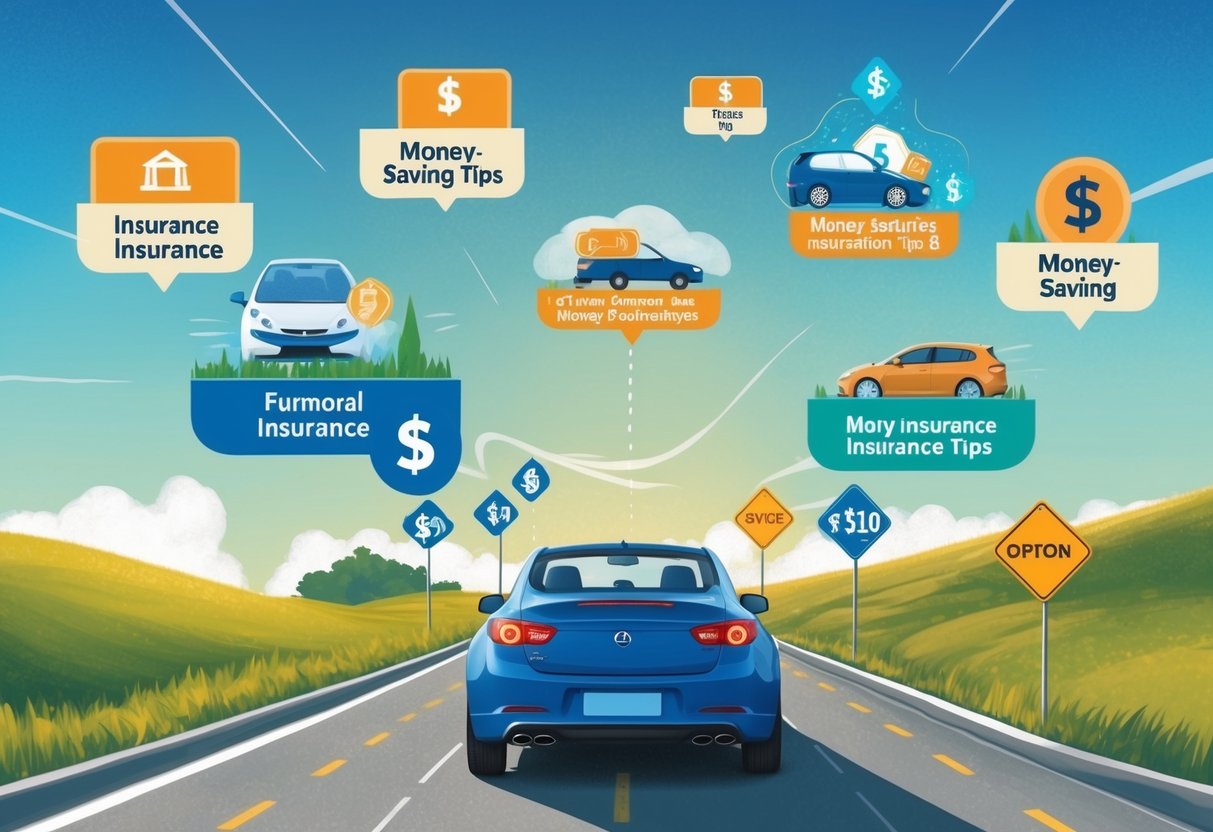
How to Get a Car Insurance Quote
Getting the best value on auto insurance starts with preparing the right information and understanding how to shop around. Having all required details on hand and knowing where and how to compare price quotes can lead to better policy selection and savings.
Information You Need
Before requesting a car insurance quote, drivers should gather key personal and vehicle information. Important details include driver’s license numbers for every household driver, the car’s make, model, year, and vehicle identification number (VIN).
Other facts, such as annual mileage, how the car is primarily used (commuting, business, pleasure), and current insurance policy documents, will also be needed. Insurance companies commonly ask about past accidents and violations, so keeping accurate records can speed up the quote process.
Address history and information about anti-theft devices or advanced safety features can sometimes affect rates. Providing comprehensive and accurate information helps insurers generate more precise price quotes.
This preparation will also make it easier to compare multiple auto insurance quotes more efficiently.
Comparing Price Quotes Online and Offline
To find the most competitive car insurance rates, it’s advised to get price quotes from several companies. Drivers can visit insurers’ websites individually or use tools that allow them to compare multiple quotes at once, such as the comparison resources from NerdWallet.
Independent agents can also assist by fetching auto insurance quotes from multiple companies, making it simpler to review coverage and pricing options in one place. Some consumers prefer speaking directly with an insurance representative by phone or in person, as it allows them to ask specific questions and clarify policy terms.
However, online tools typically offer a quicker and broader comparison. Updating price quotes at least once a year ensures policies remain competitively priced.
Comparing offers online and offline increases the chance of finding better coverage or deals, as highlighted by guides such as this car insurance buying resource.
Car Insurance Laws and Compliance

Car insurance in Texas is governed by strict regulations designed to protect drivers, passengers, and property. Residents need to know state minimums, unique Texas legal requirements, and what happens if standard policies are not available.
State Minimum Requirements
Every state sets its own minimum car insurance requirements. Failing to meet these can lead to fines, license suspension, or vehicle impoundment.
In Texas, drivers must purchase at least 30/60/25 liability coverage:
- $30,000 for bodily injury per person
- $60,000 per accident
- $25,000 for property damage
Proof of insurance must be carried in the vehicle at all times. If a driver is involved in an accident or pulled over, Texas law enforcement will request this proof.
Policies must be purchased from companies licensed by the state. For more detailed guidance on buying auto insurance and legal compliance, refer to information from the National Association of Insurance Commissioners.
Penalties for failing to meet the minimum requirements can include significant fines.
Understanding Texas Law
Texas requires every registered vehicle to have continuous insurance coverage. Dropping a policy, even briefly, can result in license or registration suspension.
Uninsured drivers may be required to file an SR-22 certificate, proving financial responsibility to the Texas Department of Public Safety. This form is usually required after serious traffic violations or uninsured accidents.
Insurance policies must meet state minimum liability limits. Many drivers opt for higher coverage.
Texas allows insurers to factor in elements like driving record, car type, and location when setting premiums. These rating factors help determine risk and influence policy costs.
The state encourages drivers to compare different plans by considering more than just premium prices, as outlined in Texas insurance guides.
Texas Automobile Insurance Plan Association
Some Texas drivers may struggle to find coverage through standard insurers due to past driving issues, lapses in coverage, or multiple claims. The Texas Automobile Insurance Plan Association (TAIPA) provides a state-managed way for these individuals to obtain mandatory liability insurance.
TAIPA assigns high-risk drivers to licensed insurance companies, ensuring everyone has access to legal minimum coverage. While policies under TAIPA often come with higher premiums and minimal options, the coverage meets the state’s legal requirements.
Eligibility is limited to drivers who have been denied coverage by at least two insurance companies. Applying for TAIPA involves submitting an application and proof of coverage denials.
More information can be found through the official Texas insurance resources.